Enda and Val speak on the Keith Finnegan Show
Val and I had the wonderful opportunity to share our story on the Keith Finnegan show. Conor and Eoin came with us and sat in on the interview. As with many occasions in the last number of years, the interview was a proud moment for all the family.
Below is a transcription of our talk with Ollie Turner.
Ollie:
Enda and Valerie Dodd’s innovative software solution, ALL, named after their company Animated Language Learning is driven by the belief they can change the world. As clients of the National University of Galway, business innovation center they are determined to create a state-of-the-art visually rich language development program. The initiative has already lifted their twin sons from the isolation of autism and are making it accessible to every family in need.
And they’re joining me here in studio this morning.
Both: Thank you Ollie.
Ollie:
You are very welcome Enda and Valerie. I will start with you Enda and talk about your boys Eoin and Conor. At what point did you realize that they were autistic?
Enda:
Well Valerie picked out by the time they were 18 months old that they just were not talking. I suppose I was a classical guy that worked every hour that God gave – I was working here in Medtronic actually locally. But Val kept saying to me, the boys are not talking, the boys are not talking and really I would say at 18 months to two years we really started to look at what the situation was. And that there was probably something wrong.
Ollie:
It’s now 13 years Valerie since you moved to California to find a solution. Was that a pretty extreme move for you guys to make? What brought you to move into California?
Valerie:
Oh, it absolutely was, it was desperate measures that made us go. We had been here and we had been trying to get the boys whatever services they needed.
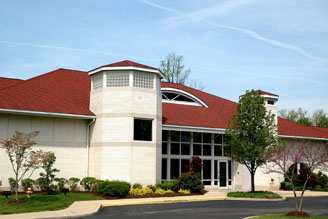 They needed a lot of speech therapy and occupational therapy and the resources weren’t here for the amount that they needed. Remember there were two boys that needed it as well. So we brought them to a center in St. Louis for oral deaf (the Moog school) and where we got evaluations for them.
They needed a lot of speech therapy and occupational therapy and the resources weren’t here for the amount that they needed. Remember there were two boys that needed it as well. So we brought them to a center in St. Louis for oral deaf (the Moog school) and where we got evaluations for them.
And that gave us a pathway forward to bring them on and we came home again. But then we ran into more difficulties with trying to put the plan in place. Again as I said the resources were just thin on the ground.
So we brought them over to a speech and language development center outside Los Angeles and while they were there they did very, very well. It’s because they were around the right people you know, speech therapists, occupational therapists. It was a reverse inclusion situation where there were 60% children with special needs and 40% who were regular normal children. So they had models. So they were doing very well and we were gaining information all of the time. So we came home, we just felt the time was not on our side you know, the boys were getting older and we needed to do something dramatic.
Ollie:
What age were the boys then?
Valerie:
Seven, seven when they were in America and then we came back.
Ollie
So, so did you feel the was any improvement significantly at that point?
Valerie
At seven? With what they had done in the states? They were only going over for assessments, at seven they were still here in Ireland. You know and they were seven and we needed to make the decision to go and so that was a huge, huge decision to have to make. You know……… And Enda asked for and received a transfer from Medtronic here. They had a plant in Santa Rosa California which is north of San Francisco. So we made the decision to go over there and utilize the information that we had found over there during the assessments.
Ollie
And amazing, that the story that goes on. This collaboration with Disney and Pixar for instance. How did this come about?
Valerie
Well it’s amazing really, the location had an awful lot to do with this, we were just 40 miles north of San Francisco. And down the road from us was Pixar in Emeryville and down the road from there was a lot of things that well, just wouldn’t be down the road from us here. I suppose it just happened to be there and that’s just where we were. So Enda can take it from there.
Enda
Yes, I think as Valerie said, we went to the states and because of its sheer size there was just a tremendous amount of resources. It was easy to get speech therapy, it was easy to get occupational therapy. They had special day classes, you know which were designed to treat children like the boys.
But having done all of that and while the boys had made some progress there were still on the bridge. By that I mean on one side of the bridge is where Val and I lived with the rest of the world and on the other side of the bridge was mutism and autism. And they were stuck, I mean they were kind of crossing the bridge, but they were stopped on the bridge. And one of the things that Val and I could see in spades was that they just loved animation. They just loved watching Disney videos and they responded to them. You would see Woody and Buzz Lightyear fighting on the screen and then the next thing you’d see the boys rolling around on the ground fighting just like in the movie.
So I was kind of thinking wow, this movie is communicating to them. So we succeeded in setting up a meeting with the founder of Pixar, Dr. Ed Catmull, who kindly met us for an hour and we explained what we were seeing. And he brought some of his animators into the meeting to talk to us. And he said you know Enda we’ve heard this before. And the thing is that we’d love to help but we don’t know how to help. Tell us what you need. Basically we asked them for their libraries so that we could build out stories for the boys and use of stories to develop literacy. This was because at the time the boys were both deaf and mute.
 So we connected literacy reading and writing, to these stories and then in turn use some algorithms which we developed on our computers to teach them how to speak. To express what they were reading. And as that evolved, we were referred on to a company called Adobe in San Jose. Just a wonderful company that knew how to manipulate imagery and media and sound.We were able to take the whole idea and subsume it into a program which now sits in servers on the Internet. At the moment 250 families around the world can access it. Just from their home computers.
So we connected literacy reading and writing, to these stories and then in turn use some algorithms which we developed on our computers to teach them how to speak. To express what they were reading. And as that evolved, we were referred on to a company called Adobe in San Jose. Just a wonderful company that knew how to manipulate imagery and media and sound.We were able to take the whole idea and subsume it into a program which now sits in servers on the Internet. At the moment 250 families around the world can access it. Just from their home computers.
Ollie
Well that must give you a great sense of satisfaction, Valerie as well. I mean obviously your lives changed hugely to make that move to the United States. But I suppose if you’re a believer in fate, or in why things happen, then surely you look back at this and you think this was meant to be. That you were the ones to be, the guys who developed this.
Valerie
Definitely because we were over there and we were attending appointments. And then you’re seeing all the other children in those waiting rooms as well and you could see how their parents were struggling, you know. Certain things would work and then they would stop working. They were exhausted and they needed something new. And I also felt they needed something outside of the clinician’s room. Something they could use at home, that they would enjoy and every child loves Disney / Pixar films.
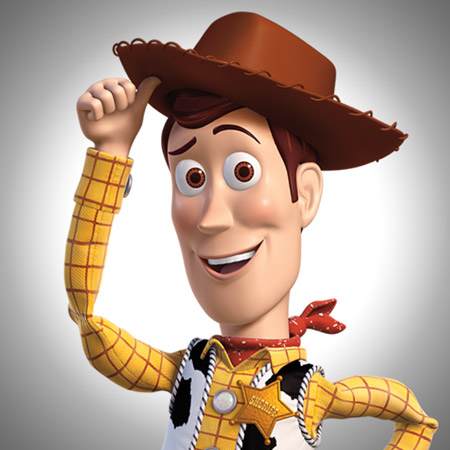 They grow up on them, Toy Story, the Little Mermaid, anything like that. The boys were just crazy for Toy story you know, and they just grow up on those things. And we thought that we needed to take something like that and apply language to it. Let’s put the boys into a situation where they are actually doing something that they think is great fun and they’re also learning from. And not in a sterile way, where you say sit down and perform. Something they can do in the privacy of their own home or wherever they want. Because all they need is a computer. And they all have computers now. They can take a computer wherever they go, and use it whenever they feel like it.
They grow up on them, Toy Story, the Little Mermaid, anything like that. The boys were just crazy for Toy story you know, and they just grow up on those things. And we thought that we needed to take something like that and apply language to it. Let’s put the boys into a situation where they are actually doing something that they think is great fun and they’re also learning from. And not in a sterile way, where you say sit down and perform. Something they can do in the privacy of their own home or wherever they want. Because all they need is a computer. And they all have computers now. They can take a computer wherever they go, and use it whenever they feel like it.
And have unlimited access to it. It’s not like yeah, it’s 10 o’clock in the morning now we have to do this for the next hour. They can spend as long a time on a session that they’re comfortable with. And then they can come back to it and the more they use it, and then they apply all that language in their environment where ever and whatever that environment is. But the main thing about it is, is that it’s there it’s accessible, it’s on the computer and its sequential, you know, they start at a certain level and as they progress they will find themselves moving on, and on, and on, to the next level. So there’s that sense of achievement for the child’s.
Ollie
So perhaps Enda, like Toy story would be relevant to children to a certain age. And then do they need to progress onto something else? Does it become high school musical or does it become sport related. Where does it go to?
Enda
You’re absolutely right, and it’s very intuitive. The reason why we start children with Toy story is because it’s about Andy. Andy in his home with his mom and surrounded with all his toys. It’s all about the home ecosystem. And then want we do is build outward. We work with children as young as two, three, four years of age and right up to 18 and 19. Children who might have language but who are struggling with social and emotional needs. Even Harry Potter. Language you can apply everywhere and appropriately. That’s what’s so wonderful about Disney. They’ve given us this access to an enormous store of language teaching materials. And Adobe not only reached out to us but committed a research organization to us in this project. And we are in constant discussion with them. And it is just enormous and incredible what they have been doing to help us make this a reality.
Ollie
It’s a real game changer, and you got to feel a great sense of satisfaction to be behind all of this.
Enda
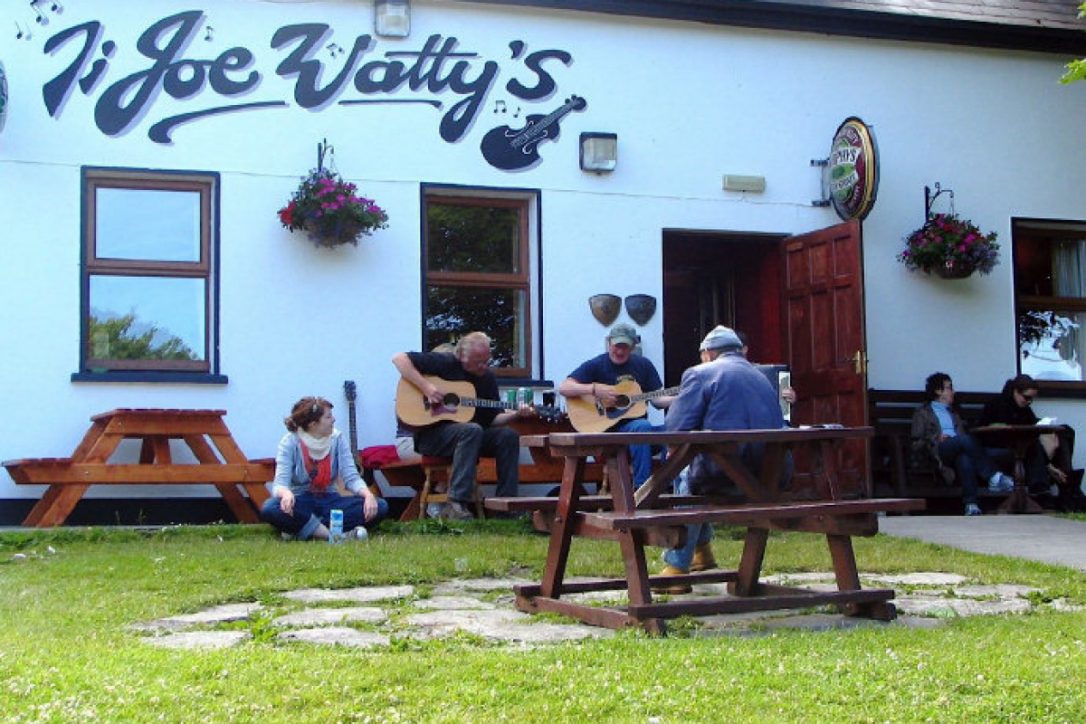 I guess relief is perhaps the strongest feeling (both laughing). Conor is standing right beside me here. Val and I took the ferry out to the Arann islands yesterday. And the boys came with us and we brought the bikes and all I can say is it was such a normal day. You know we just stopped at Ti Watty’s, we had our drink in the boys rode there bikes, heading off and coming back. It was such a normal day.
I guess relief is perhaps the strongest feeling (both laughing). Conor is standing right beside me here. Val and I took the ferry out to the Arann islands yesterday. And the boys came with us and we brought the bikes and all I can say is it was such a normal day. You know we just stopped at Ti Watty’s, we had our drink in the boys rode there bikes, heading off and coming back. It was such a normal day.
Ollie
And what age of the boys now? They are 19 now and Conor who is standing here, he’s actually one of my key programmers. He visits the schools and he programs the technology and learning content for the parents who are in need and are using it. So it’s absolutely amazing.
So you have come full circle.
Enda
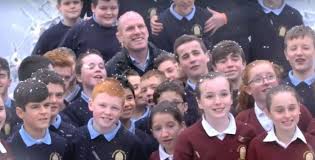 Yes, indeed. Eoin who is just sitting outside, is attending the presentation college in Athenry. He’s sitting the leaving certificate next year and he just told me that he never wants to leave school. When you think about where we come from, the devastation of the kind of prognosis, the talk about institutionalization….. And to think that we have come back and see that the boys are doing so wonderfully.
Yes, indeed. Eoin who is just sitting outside, is attending the presentation college in Athenry. He’s sitting the leaving certificate next year and he just told me that he never wants to leave school. When you think about where we come from, the devastation of the kind of prognosis, the talk about institutionalization….. And to think that we have come back and see that the boys are doing so wonderfully.
Now we have reached out to hundreds of families around the world and are progressing their children to the same place as where we are.
Ollie
It really is a terrific story. I suppose the final chapter for the boys as they continue their development……. I suppose is how, you know, do you feel your work is done? Do you feel now there is enough energy to go on and continue this process helping other families?
Enda
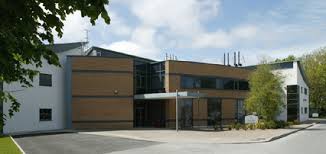 I think yes and in a way we are reaching out, like we reached out to the National University of Ireland, Galway. We met Jim Brown around 9 months ago and I was just extraordinarily impressed with him.
I think yes and in a way we are reaching out, like we reached out to the National University of Ireland, Galway. We met Jim Brown around 9 months ago and I was just extraordinarily impressed with him.
He then connected me with with Fiona Neary at the Business Innovation Center which is a research organization within the University with absolutely wonderful infrastructure. So they have set us up with with our research center and all the services that we could possibly need plus an infrastructure of people to guide our work.
 Plus we’ve started with a school, St. Patrick’s in Tuam Galway, an absolutely wonderful school. It’s led by principal Padraig Birmingham, and a brilliant teacher Deena McGuire in the autism spectrum disorder classroom. Basically they’re taking what we learnt and what we have discovered and are helping us to grow it out. So we can drop it into a school ecosystem. We are just at the very early stages of this and I can see this growing substantially in Ireland. We’ve even talked to Enda Kenny about it and it is just wonderful the way he’s reached out to us. Much like everybody that we’ve met in Ireland on this project.
Plus we’ve started with a school, St. Patrick’s in Tuam Galway, an absolutely wonderful school. It’s led by principal Padraig Birmingham, and a brilliant teacher Deena McGuire in the autism spectrum disorder classroom. Basically they’re taking what we learnt and what we have discovered and are helping us to grow it out. So we can drop it into a school ecosystem. We are just at the very early stages of this and I can see this growing substantially in Ireland. We’ve even talked to Enda Kenny about it and it is just wonderful the way he’s reached out to us. Much like everybody that we’ve met in Ireland on this project.
And they are really saying to us Enda, what do you need to bring this forward. And what I would say is if you get a phone call from me about the project, please take the call.
Ollie
Well if people want to find out more they can go to the website Animated Language Learning and it’s really a very good read. And a fascinating story. Where are you from originally Enda?
Enda
New York city but of Irish parents from Sligo.
Ollie
And where are you from Valerie?
Valerie
Well, I’m from Athenry here in Galway Ollie.
Ollie
And where did you meet?
Valerie
In Sligo. And we moved down here when Enda took up a role with CR Bard as they were then. That was 1987. So we’ve been based here since and love it. Yes it’s great to be back home.
Ollie
Yes keep up the great work, Enda and Valerie Dodd. Thanks a million for joining us this morning. It’s been a real pleasure.

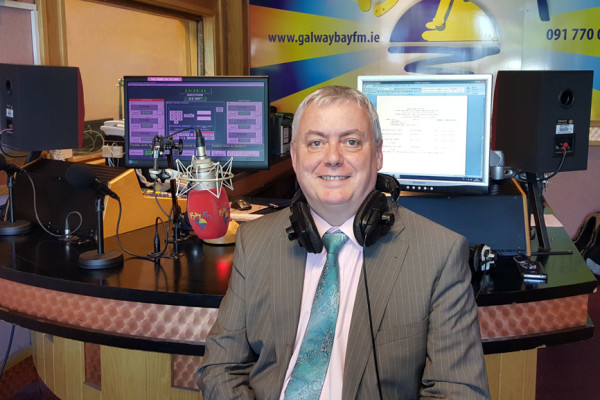
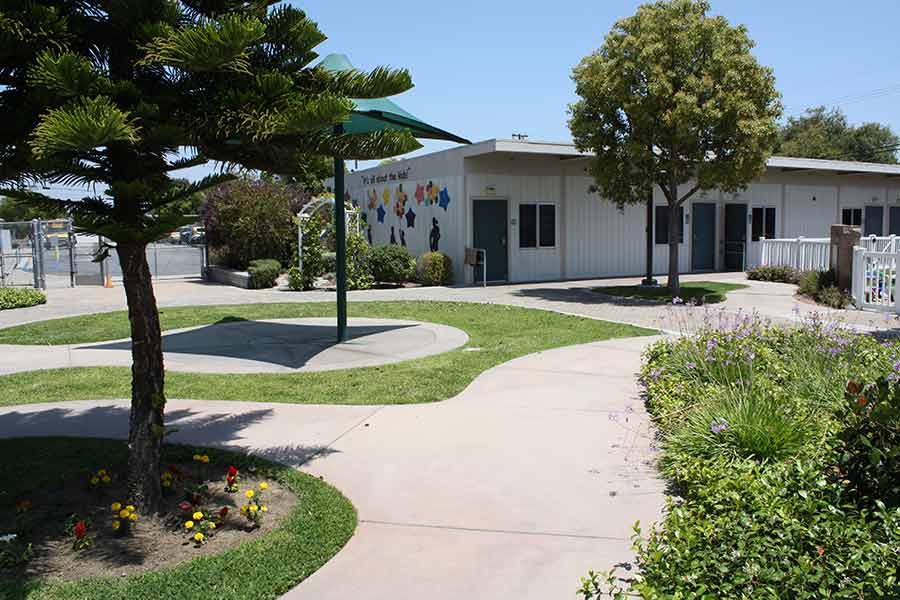
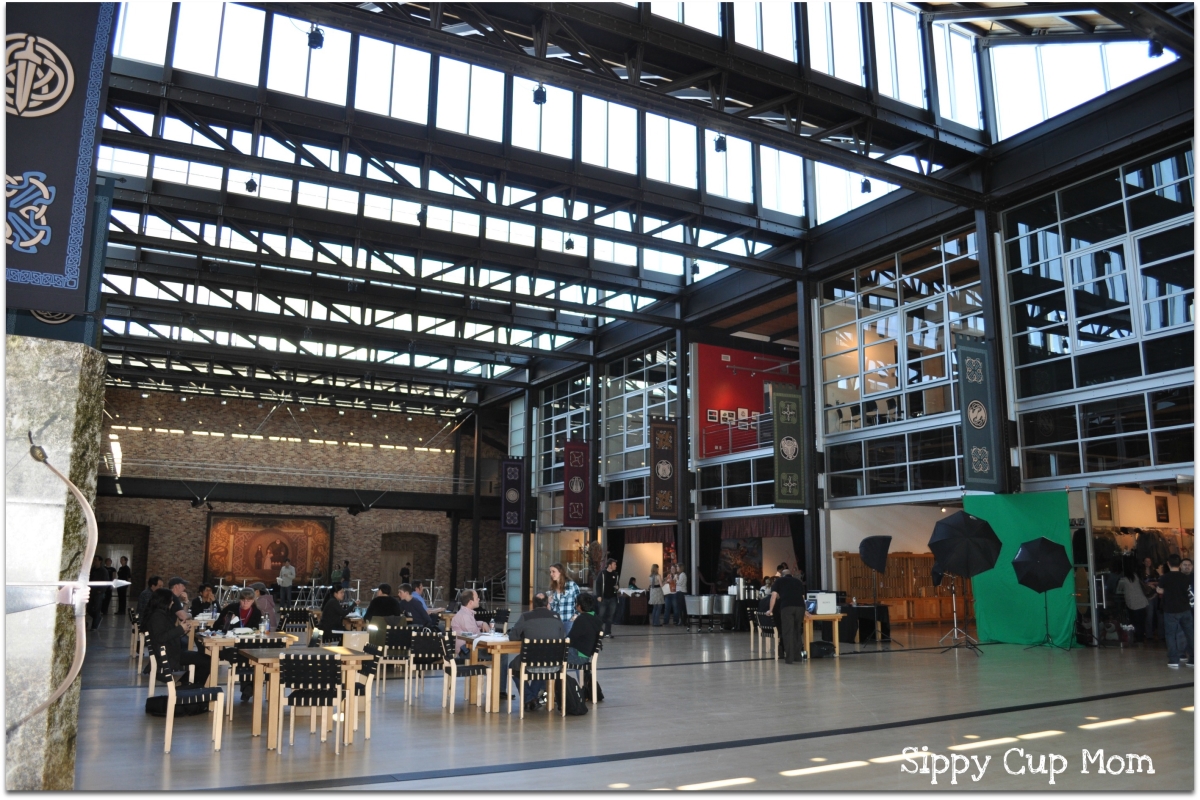
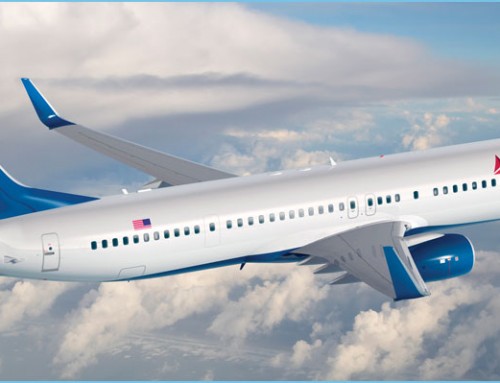
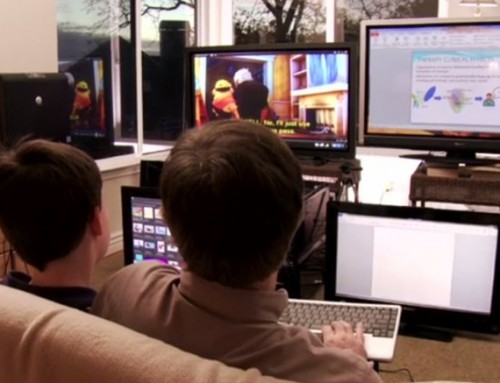
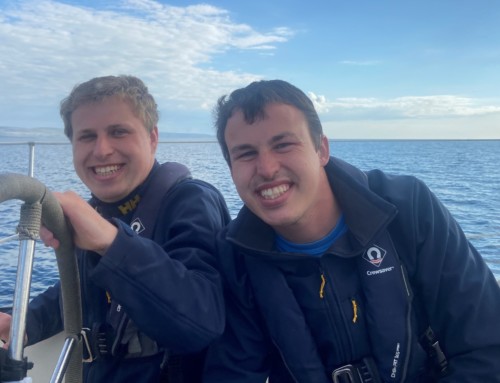
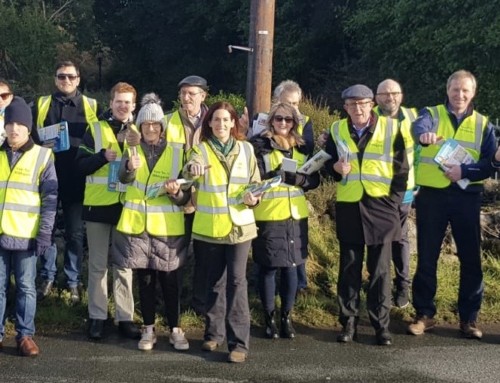
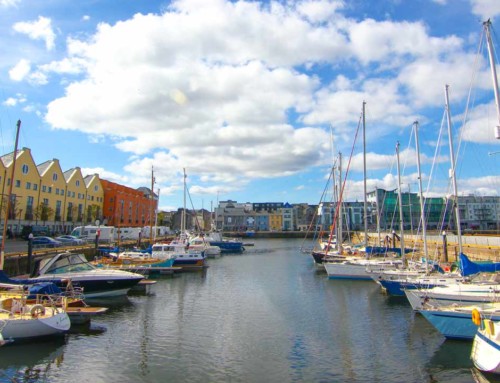
Leave A Comment